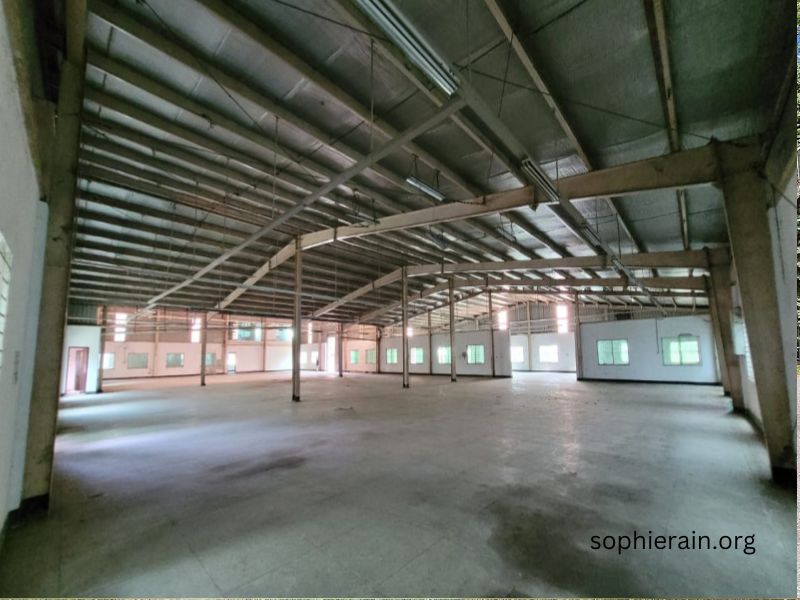If you’re exploring Commercial Real Estate for Rent, you’re entering a diverse and dynamic market filled with opportunities. Whether you seek office spaces, retail locations, or industrial properties, understanding the nuances of commercial real estate can make a substantial difference in finding the right property.
Understanding Commercial Real Estate
Commercial real estate encompasses properties used exclusively for business purposes. This includes offices, retail stores, warehouses, and mixed-use developments. Each type serves different industries and business needs, and rental terms can vary significantly depending on the property type and location.
Types of Commercial Real Estate
- Office Spaces: Ideal for corporate businesses, these range from shared coworking spaces to entire buildings. Office properties are classified into Class A (premium), Class B (moderate quality), and Class C (affordable).
- Retail Spaces: These include storefronts in malls, shopping centers, or standalone buildings. They’re perfect for businesses that rely on foot traffic.
- Industrial Properties: Suitable for manufacturing, storage, and distribution, these properties often feature high ceilings, open floor plans, and dock access.
- Multifamily Commercial Properties: While primarily residential, properties like apartment complexes are considered commercial when they consist of five or more units.
- Mixed-Use Developments: These combine multiple types of uses, such as residential, retail, and office, within a single property.
Key Factors Influencing Rental Prices
Rental prices in the commercial sector are determined by several factors:
- Location: Central business districts or areas near transportation hubs typically command higher rents.
- Property Class: Class A properties with modern amenities and prime locations are priced higher.
- Market Demand: Areas with high competition and limited supply see higher rental rates.
- Lease Terms: Longer leases might come with discounts, while shorter, flexible leases could have premium rates.
For example, in San Jose, CA, prime office spaces might average $45 per square foot, while industrial spaces could be as low as $20 per square foot.
Benefits of Renting Commercial Real Estate
Renting commercial real estate offers flexibility, allowing businesses to scale their operations without the long-term financial commitment of ownership. Additionally, landlords often cover major maintenance, providing operational convenience for tenants.
Finding the Right Property
To secure the best commercial property, consider the following steps:
- Identify Your Needs: Determine the type of space, size, and amenities your business requires.
- Set a Budget: Consider not only rent but also additional costs like utilities, maintenance, and property taxes.
- Explore Locations: Proximity to customers, suppliers, and employees can be critical.
- Negotiate Lease Terms: Focus on securing favorable conditions, such as rent-free periods or tenant improvement allowances.
Lease Structures
Understanding lease structures is crucial:
- Gross Lease: The tenant pays a fixed rent, and the landlord covers operating expenses.
- Net Lease: The tenant is responsible for base rent plus some or all property expenses (taxes, insurance, maintenance).
- Percentage Lease: Common in retail, where rent includes a base amount plus a percentage of sales.
Emerging Trends in Commercial Real Estate
The commercial real estate market continues to evolve:
- Hybrid Workspaces: The rise of remote work has increased demand for flexible and coworking office spaces.
- E-commerce Boom: Growth in online shopping has driven demand for warehousing and logistics centers.
- Sustainability: Green buildings with energy-efficient systems are increasingly popular, as businesses prioritize sustainability.
- Tech Integration: Smart buildings with advanced tech systems for security, climate control, and tenant management are becoming the norm.
Conclusion
Navigating the commercial real estate market requires careful consideration of your business’s unique needs. With a clear understanding of property types, lease structures, and market trends, you can make informed decisions to secure a space that aligns with your goals. Whether you’re looking for a high-traffic retail location or a cost-effective industrial warehouse, opportunities abound in the vibrant world of commercial real estate.
For businesses of all sizes, commercial real estate represents more than just a physical location; it’s a strategic asset that can drive growth and success.






